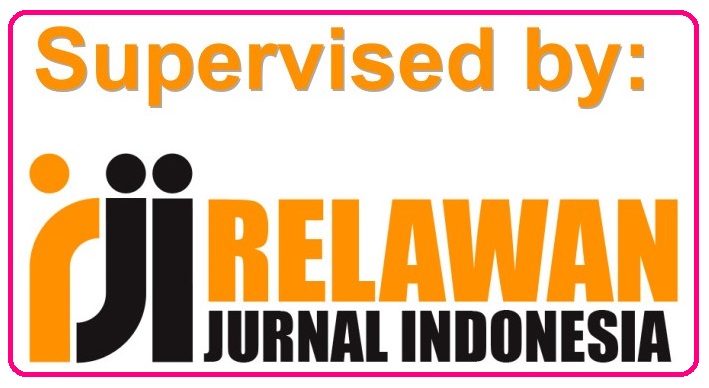Using WH-Questions Method in Pantomime Video via Zoom: Improving Students’ Writing Skill in Narrative Text
Abstract
The purpose of this research is to find out whether pantomime videos of WH-Questions, i.e., who, what, when, where, why, which and how, are able to improve students’ narrative text writing ability. Involving students from 10th grade computer network engineering (X TKJ1) of SMK Swasta Imelda Medan, the method used in this research is classroom action research. The action research was conducted in two cycles and analysed two types of data, namely qualitative and quantitative, obtained with instruments of writing test and open-ended questionnaire. The results of the research show that the obvious improvement is, by using pantomime video as guided, students were able to create a variety of better ways to start a story or narrative. Besides, the students could make sure that they used the appropriate verb tense in their writing. Moreover, the students could widen their vocabulary in describing the action of the mimes in pantomime video. Remembering the online teaching-learning process held in this pandemic era is hindering students’ engagement with most English skills, the researchers proved that watching pantomime video via Zoom can significantly heighten students’ enthusiasm in learning online and push them to figure out ways, thus using more words, in describing pantomimes than they usually would with traditional lesson instrument of books or written materials.
Downloads
- Author retains the copyright and grants Elsya Journal the right of first publication of the work simultaneously licensed under the Creative Commons Attribution-ShareAlike 4.0 License that allows others to share the work with an acknowledgment of the work's authorship and initial publication in this journal
- The author is able to enter into separate, additional contractual arrangements for the non-exclusive distribution of the journal's published version of the work (e.g., post it to an institutional repository or publish it in a book) with the acknowledgment of its initial publication in this journal.
- The author is permitted and encouraged to post his/her work online (e.g., in institutional repositories or on their website) prior to and during the submission process, as it can lead to productive exchanges, as well as earlier and greater citation of the published work (See The Effect of Open Access).








 Elsya Journal is licensed under
Elsya Journal is licensed under 